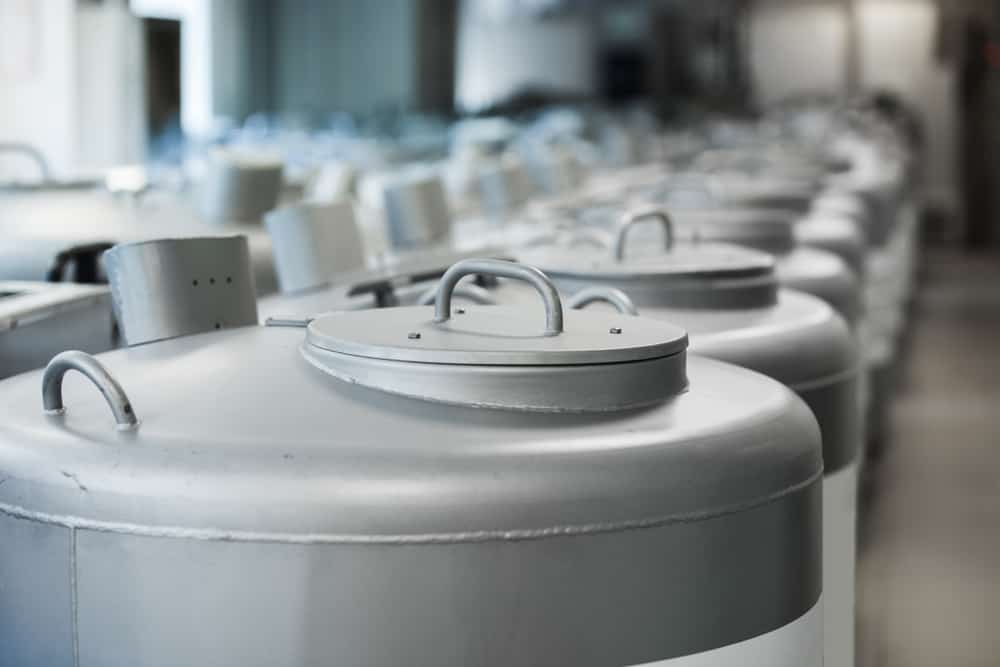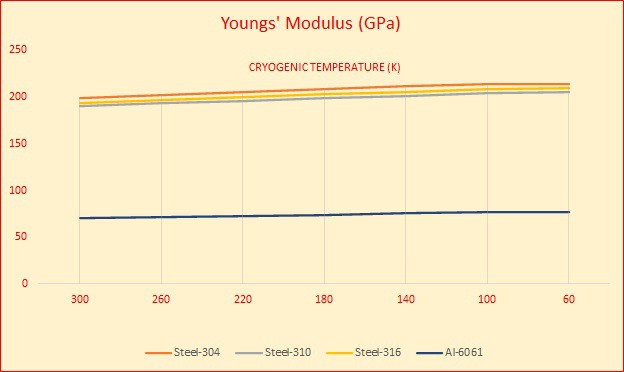
One of the primary reasons I pursued mechanical and electrical technology and associated occupations was its reliance on mathematics and sciences such as chemistry and physics. In contrast to other fields of study, the principles of science and mathematics reflect its foundation in consistent and repeatable laws and theorems. If you use the same apparatus, materials, and testing regimen, the results will invariably be the same or similar, within a reasonable margin of error.
Consistency is also a critical property for welding. Whether applied to structures or pipelines, quality control standards must be implemented to meet the weld quality and consistency requirements. Achieving this level of consistency can be challenging, especially when unique environmental conditions must be considered—for example, when a facility contains supercooled pressure vessels. For these projects, manufacturers must understand the cryogenic properties of metals to meet the welding requirements for these systems.
What Is Cryogenics?
Before discussing the cryogenic properties of metals as they affect welding, it is necessary to have a good handle on cryogenics. Let’s start with a definition:
Definition:
Cryogenics refers to the process of invoking and studying the behavior of materials at temperatures in the cryogenic temperature range of −238°F (-150°C, 123.15K) to −460°F (-273.15°C, 0K).
As welding is the joining of two metal sections together by a cold wire, hot wire, or autogenous process, cryogenic welding can be thought of as bonding metal system sections where the system is subjected to temperatures within the cryogenic range. All metals are subject to property changes if the temperature is increased high enough. The same is true for extremely low temperatures, and this has implications for welding cryogenic systems.
What Are the Cryogenic Properties of Metals?
To achieve the temperatures required for cryogenic systems, gases with boiling points below −150°F (approximately -101°C, 172K), such as liquid hydrogen and nitrogen, must be stored in vacuum-sealed tanks, refrigeration units, or pressure vessels. Doing so will preserve their temperatures, but it can also pose health risks if contact with human skin is made. Therefore, manufacturers should know the cryogenic properties of metals to determine their suitability when welding for these low-temperature systems. Some useful properties for common metals used in welded systems are shown in the graphs below.

The figure above plots the linear thermal expansion for metals typically used in welding operations, including stainless steel, aluminum, Inconel®, and titanium. As the temperature drops, thermal expansion decreases, which is in stark contrast with the effect of a temperature increase. This contraction serves to prevent porosity that can weaken materials.

In the figure above, the Young’s modulus, which is essentially a deformity parameter as it is the ratio of the stress applied to the strain produced, is plotted for selected grades of stainless steel and titanium. As the curves illustrate, both metals remain relatively constant across cryogenic temperatures. However, titanium is much more resistant to deformation.
Other cryogenic parameters include the following:
🧊 Specific heat: measures the amount of heat capacity of the metal.
🧊 Elongation: measures the change in length for an applied load.
🧊 Thermal expansion: describes the change in volume due to temperature variation.
Knowing these cryogenic properties of metals enables manufacturers to define welding requirements for these types of systems.
Essential Requirements for Cryogenic Welding
🧊 Understanding of cryogenics
🧊 Knowledge of cryogenic properties and metals
🧊 Selection of materials that exhibit sufficient consistency for the application
🧊 Process that yields high-quality, strong welds
🧊 Automation equipment to ensure process consistency
When welding piping systems—including nozzles for cryogenic pressure vessels—the principles described above can help you perform strong welds that will withstand the application environment.
Arc Machines, Inc. has the experience, expertise, and advanced equipment for low temperature welding applications. Once you have an understanding of the cryogenic properties of metals, you can confidently assemble systems for any application. For inquiries regarding products, contact sales@arcmachines.com. For service inquiries, contact service@arcmachines.com. Arc Machines welcomes the opportunity to discuss your specific needs. Contact us to arrange a meeting.




